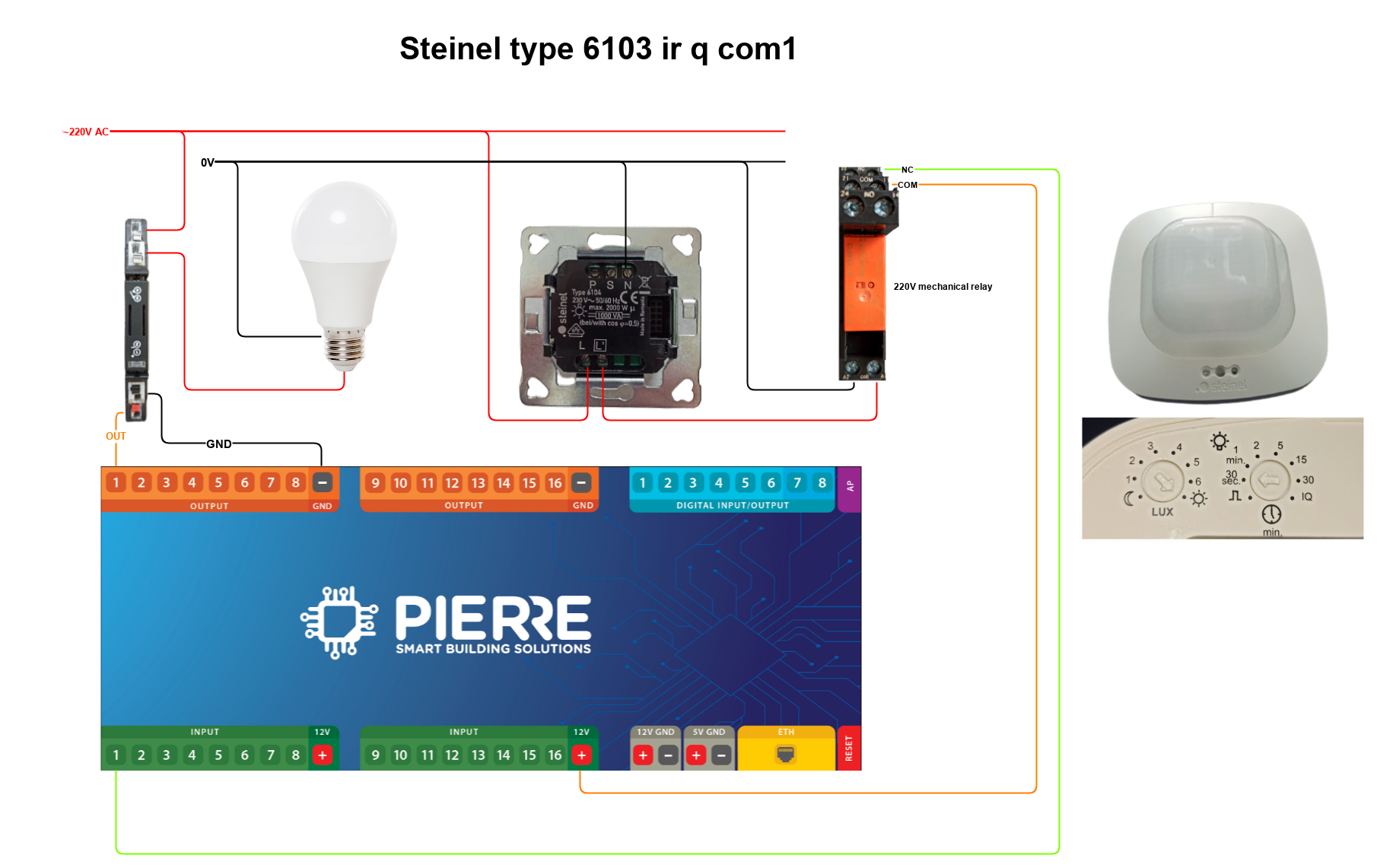On this page
We strongly recommend PIERRE Presence sensors for the best integration and performance within the PIERRE smart home system. These sensors are designed to detect the presence of individuals in a specific area, offering more precise monitoring compared to standard motion sensors. They are ideal for automating functions like adjusting lighting, controlling HVAC systems, and enhancing security by detecting continuous presence, not just movement.
- Third-party presence sensors: The PIERRE smart home system is also compatible with a variety of third-party presence sensors. These sensors can be seamlessly integrated into the system and provide reliable automation by continuously monitoring spaces and detecting even the smallest movements. They ensure accurate responses from home systems based on real-time occupancy, contributing to a more responsive smart home experience.
- Automation possibilities: Presence sensors, whether from PIERRE or third-party providers, can be used to automate various functions within the smart home. For example, they keep lights on as long as someone is in the room, adjust the temperature according to occupancy, or trigger alerts when unexpected presence is detected, improving both convenience and security.
- Energy efficiency: Using presence sensors in the PIERRE smart home system allows for more energy-efficient automation by responding to actual occupancy rather than just movement. This ensures that systems like lighting and climate control are only active when necessary, reducing energy waste and creating a more efficient home environment.




| Position | Wires | Diameter | Type | Comment |
|---|---|---|---|---|
| From Presence to PIERRE | 3 | cat.5 | UTP | +12V, GND, SIGNAL |
What color mean what on Controller LED?
Green – Online:
The controller is online and connected to the network, functioning as expected.
Red – Offline:
The controller is offline, indicating a disconnection from the network or that there is no internet access.
Light Blue – AP Mode:
The controller is in Access Point (AP) Mode, meaning it is broadcasting its own network, allowing devices to connect directly to the controller for setup or configuration.
Dark Blue – AP Mode with Pierre Partner:
The controller is in AP Mode, and it is actively being managed through the Pierre Partner system. This mode is used for more advanced setup or partner-level configuration.
Purple – Searching for IP Address:
The controller is attempting to obtain an IP address from the router or network. It is searching for an internet connection.
Orange – Firmware Update:
The controller is in the process of downloading a firmware update, ensuring that the system stays up-to-date with the latest software and features.
These LED color indicators provide essential information about the controller’s current status, making it easy to monitor its connection, operation mode, and maintenance activities.
Has it been added to configuration?
If not: Add it in the PIERRE Partner application.
Also, check if it's specified within the push button which lamp you want to control.
Have you tried activating and deactivating the Presence Sensor?
If not: Give it a try. If the sensor has been newly added, it needs a state change.
Is the Presence Sensor properly connected to the 12V, GND and one of Pierre's inputs?
Is the Presence Sensor properly connected to the 12V, GND and one of Pierre's inputs?
Is the IN pin on the Presence Sensor connected to +12V?
If not: Connect them.
To exclude the aforementioned possibilities, touch a piece of wire to connect the 12V to the Pierre's input where the Presence Sensor is connected. If in application the dot turned green then everything is fine until that point, and it could be either the Presence Sensor or the wire that is broken somewhere.
In which cases should Input and Output be added to the same Controller?
If one Input has influence on the Output they both should be added to the same Controller.
For example in situation when one Motion sensor triggers a Lamp they should be add to the same Controller for best performances.
What is the difference between presence and motion sensors?
A motion sensor detects movement and is ideal for high-traffic areas like hallways. A presence sensor detects whether a person is in the room, even if they are stationary, making it better for rooms like offices or living areas.
How should the sensors be wired?
Each sensor (motion, light, contact, etc.) should be individually wired to the PIERRE control cabinet in a star pattern.


